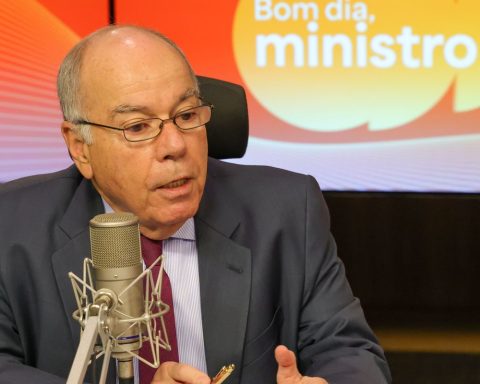…And without verification of results
The ASF reviews show that in 2019, Conadic, for each supplier, committed to the dissemination of between three and 16 visual art materials in digital media, as well as a radio spot to be broadcast on 210 occasions. However, it did not prove the contracts signed for the creation of the visual art disseminated in digital media, nor the production of the radio spot, “so its cost and the suppliers responsible for its development and production are unknown.”
Of 63 visual art materials agreed to be disseminated as advertising on websites, evidence of dissemination was available for 62 (98.4%), and for one of the suppliers only evidence of dissemination was provided for three of the four agreed materials. . It was also established that The diffusion would have a reach of 43.7 million people.
“Conadic did not accredit the scope metrics indicated in the contracts, required to identify the number of people”
2019 audit carried out by the ASF.
It did not prove that the coverage of the campaign was national or that the objective of disseminating the messages was met.
“Nor was documentary evidence presented of the delivery of the spots in their different versions to the service provider for their dissemination,” the ASF states in the audit 67 of 2021 .
The epidemic that does: methamphetamines
According to data from the Mexican Observatory of Mental Health and Addictions, fentanyl consumption in Mexico is far from reaching the levels of the United States, although its use continues to increase, especially in the northern states of the country.
In the last 10 years, the demand for medical treatment for fentanyl consumption increased from five cases in 2013 to 518 in 2023, according to information from the National Commission for Mental Health and Addictions (Conasama).
In contrast, Methamphetamine consumption is the highest in the countrysince of the 180,000 medical consultations for drug use in 2023, 49% were for methamphetamines.
However, Mexico has lagged behind in addressing substance abuse and, despite the methamphetamine epidemic, access to medications indicated to prevent fatal overdoses, such as naloxone.
“We are seeing it on the border: people who overdose do not have access to naloxone and can die from an overdose,” laments Clara Fleiz, a researcher at the National Institute of Psychiatry.
No new data on consumption
Although the Mexican Observatory of Mental Health and Addictions publishes figures on medical care for drug users, data on substance consumption in Mexico has not been updated for eight years.
“Mexico needs a drug policy based on reliable data,”
MUCD
It was in 2016 when the E was last raisedNational Drug, Alcohol and Tobacco Consumption Survey (Encodat). Following demands from activists and civil society organizations, the Ministry of Health and Conasama announced the conduct of a new survey.
The field collection of information from the National Survey of Mental Health and Addictions (Enasama) 2023-2024 began on October 30 of last year and concluded in May 2024.
“The next step consists of the processing and standardization of Enasama data by Conahcyt, which will carry out the strategic analysis, with the aim of integrating a public report,” it was reported.
However, The year is about to end and the results of the survey have not been released. Even in 2023, Mexico United Against Crime (MUCD) won an injunction that orders authorities to resume the drug consumption survey. In May 2024, that resolution was endorsed, but the government has still not published the data.

















